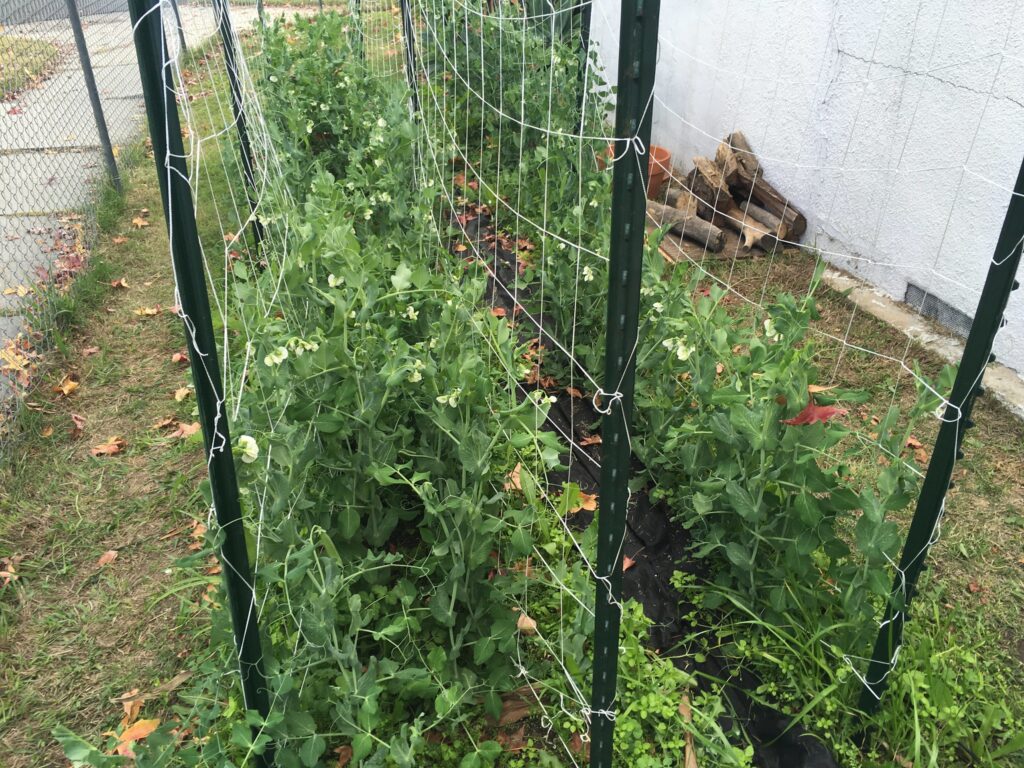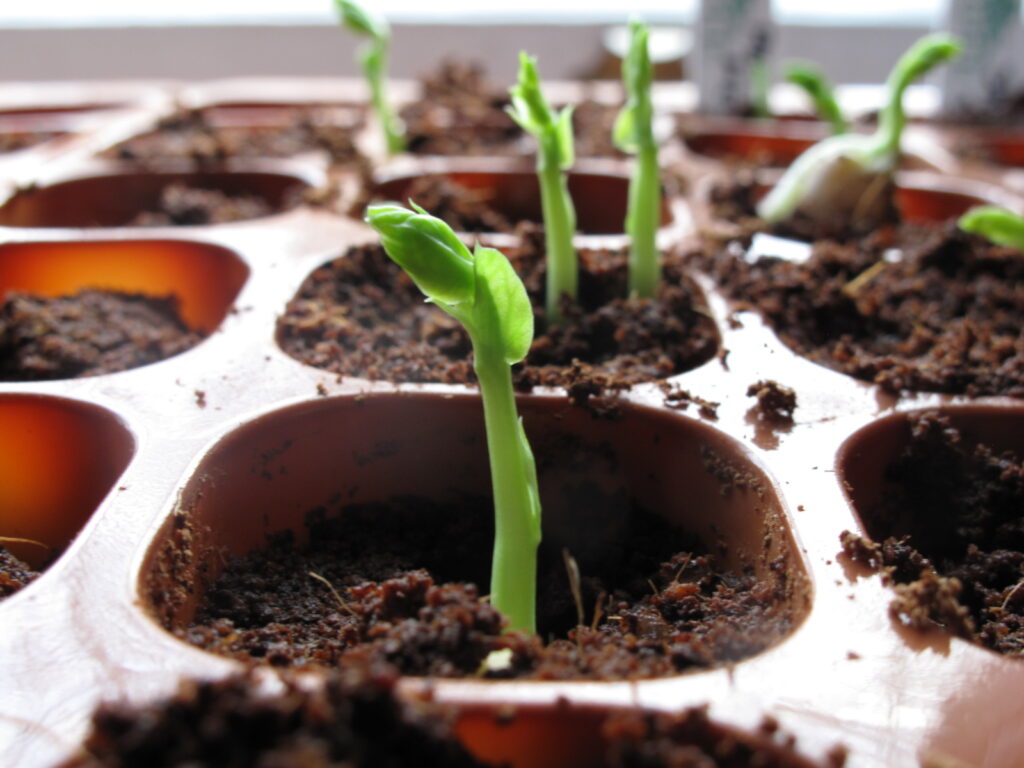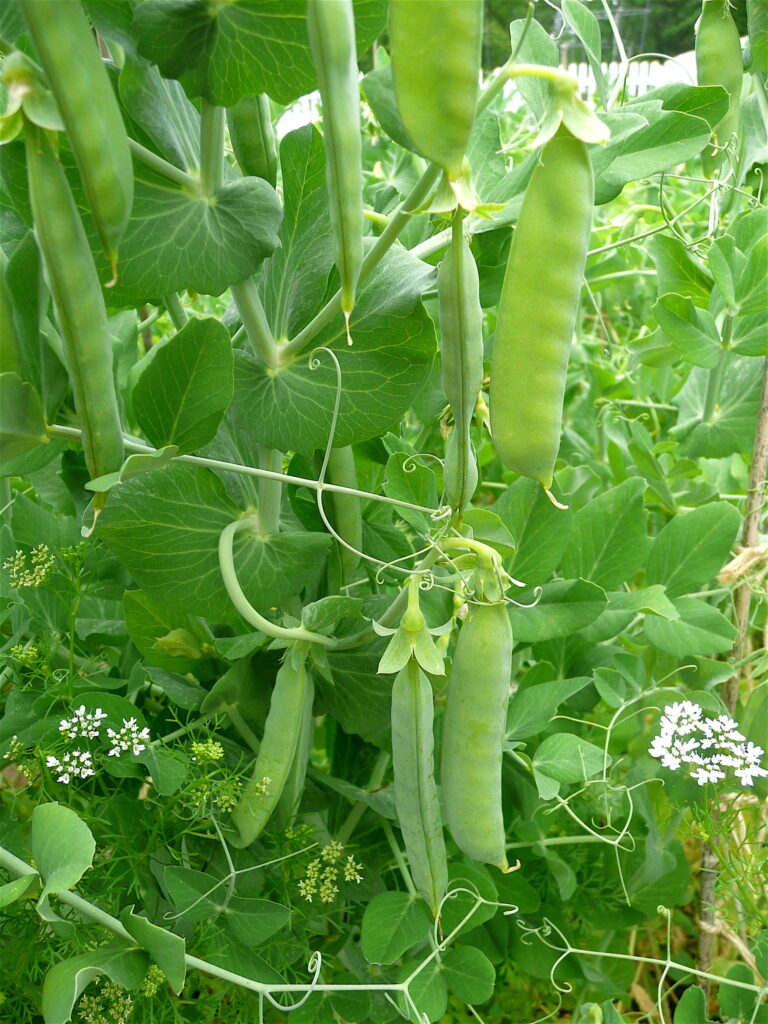The pea is one of the oldest cultivated crops, being a staple of farm produce going back thousands of years. These small round seeds grow in pods, which is the fruit of the pea plant. Peas, traditionally, were used fully ripe as a major part of a common diet in the middle ages and throughout the ancient world. In those days, most often the dry seeds would be cooked for pea soup (today often called split pea soup), or used for “pease porridge.” Today gardeners and farmers will harvest most peas while still green for cooking. Peas have been a staple part of the human diet in the East and the West throughout history.
Peas Fast Facts
Peas are among the most nutritious vegetables. They are high in vitamins A, K, and C, are quite high in protein and antioxidants compared to most other vegetables. The high nutrition and good flavor makes the pea a mainstay in most cuisines. They are also filling, and pretty low in calories. They help with digestion and are high in fiber. Overall, this is a really good part of any diet.
- Pea: Pisum sativum
- Annual
- Full sun (6-8 hours minimum)
- Soil acidity slightly alkaline or neutral (6.0-7.5 pH)
- Well-drained, slightly sandy and fertile soil
- Garden planting:
1″ deep
4” spacing to start, after they sprout thin to 8” spacing
- Climate Zones 3-11
- Container planting:
Germinate indoors, 7-10 days before planting
1″ deep
Pots 6-8″ deep for dwarf or bush varieties
2-4″ apart (closer than in the garden) a few plants per pot

There are three main types of peas. English peas, or just “garden peas,” the most common kind, do need to be shelled, because the pods are not edible. English peas have multiple varieties, some are bushy plants and some are considered vining plants. The vining types definitely should be trellised. Snow peas, the next type, do have edible pods. They are a bit flatter than the plump English pea pods, but can be eaten whole, with the pod, either cooked or raw. Sugar snap peas (sometimes just called “Snap peas”) can also be eaten with the pod. These peas are a cross between the English and Snow pea varieties. Sugar snap peas need a bit less sunlight than garden peas, only about 4-6 hours per day. Snap peas are vining, and are almost always grown on a trellis for support. Snow peas and sugar snap peas mature in about the same time frame as garden peas, 60-70 days from sprouting.
How to Plant Peas
Peas are best planted in the spring, just before the last frost date. They are a cool weather crop, and do best in spring and into early summer. Ideal temperatures are between 60°F and 70°F as young plants, up to mid 70s °F at the most. They will often stop producing if it gets too hot, into the mid 80s °F. To get a jump on the season, sprout the seeds indoors. This can be done most easily by spacing the seeds on a damp paper towel, inside a plastic bag. This can be kept in the refrigerator, and it will take a week, or a few days longer, for them to sprout. Once sprouted they can be planted. They should be planted about 1 inch deep, and 8 inches apart. If desired, they can be planted directly in the garden before sprouting, though it takes a bit longer for them to germinate this way. Plant about 4 inches apart, and thinned to 8 inches apart once they germinate a bit. It’s important to keep the soil moist when they are young, to keep them growing. Water thoroughly at least once per week.

Peas can also be grown pretty easily in containers. Sprouted seeds should be planted in a decent sized pot, at least 6 inches deep. They can be planted a bit closer together than in the garden, 6 to 7 inches apart is fine for these. It’s best to grow the bush or dwarf varieties, rather than the larger vining types for container planting. The larger plants can be grown this way too if planted in bigger pots (12-14 inches deep). If you do take on a vining plant in a container, be prepared to use a trellis. These will get pretty big! Make sure that the pots have excellent drainage. Like the garden planted peas, keeping the soil moist is important in the beginning, but it’s important to note that potted peas should be kept watered even more frequently and throughout their growth. Do avoid getting them too damp. Muddy soil is too much, continuously moist soil is fine. Ensure that the pots drain well to avoid this excessive dampness.
Don’t plant peas near onions or garlic! They have very different nitrogen requirements and output and they will interfere with each other’s growth. On the other hand, peppers and tomatoes are excellent companion plants for peas. Other vegetables to plant nearby include corn, cucumbers, beans and potatoes. These all share nutrients with the peas and do very well growing together. Several aromatic herbs are also great companion plants for peas. Basil will repel a common pea pest, the thrip. Mint and cilantro will discourage aphids and spider mites.
Peas Pests and Diseases
Thrips, spider mites, and aphids are pretty common pests for peas. Others include pea weevils (in the Pacific Northwest), and cucumber beetles and leaf miners. Diseases that sometimes trouble peas include leaf blight of a few different kinds, as well as several fungal diseases. These include root rot, damping off, powdery mildew, downy mildew, and fusarium wilt. Fungal infections can be treated with fungicides, but the best thing is to prevent the infection in the first place. Ground watering instead of overhead watering, and avoiding over-watering is the best approach to avoid this danger. Annual crop rotation will also help by ensuring the soil is free of these diseases at the start of the season.

English peas and sugar snap peas can be harvested for eating as they near full maturity, about 60-70 days from sprouting. Wait until the pods get nice and plump. Waiting too long and they will be starchy-don’t be afraid to open a pod to get an idea of when they’re ready for harvesting. Carefully pull the pea pod from the stem of the plant, and they are ready to eat, just be sure to remove the peas from the pod for English peas, though sugar snap pea pods are fine for eating. Snow peas should be harvested when the pods are flat and shiny. For seeds, for all varieties, wait until the pods are plump and completely dry and turning tan or brown. Remove the seeds from the pods and let them get completely dry, which takes several days (up to a week). They can be stored in a dry container or bag for use next year!

Contact Author
 info@gardensavvy.com
info@gardensavvy.com Recent Posts
- Smart Gardening: How Technology Is Revolutionizing Horticulture
- Understanding Gardening Zones: What You Need to Know
- The Right Tools For Your Gardening And Landscaping Needs
- Maximizing Your Harvest: Square Foot Gardening Chart for Beginners
- Holiday Garden Scents: Plants for Natural Aromatherapy in Your Home









